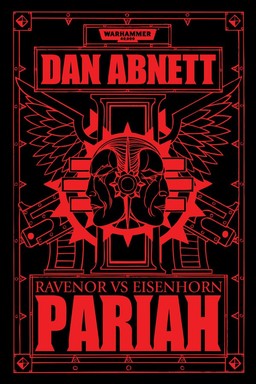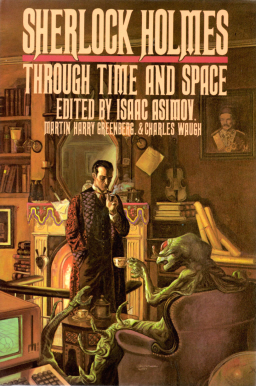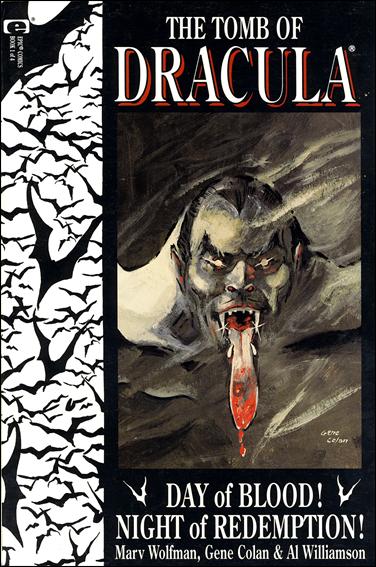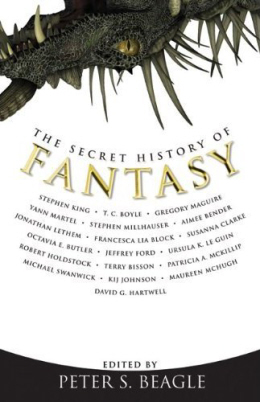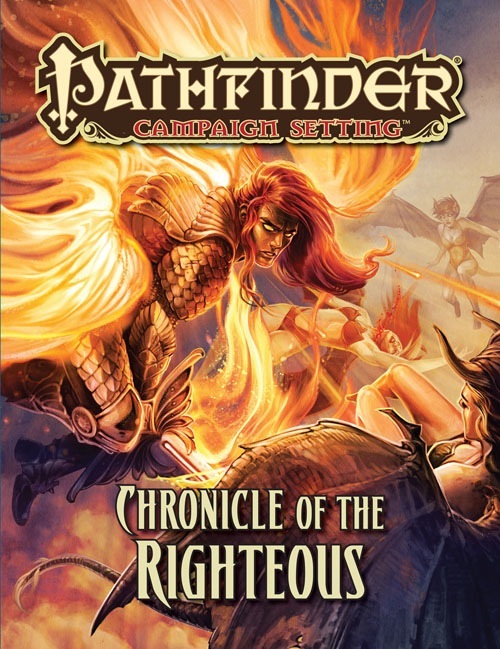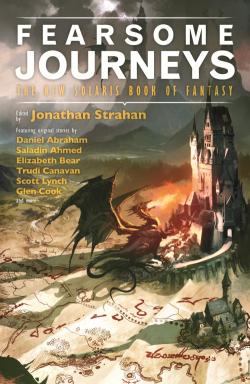Vintage Treasures: The Best of C M Kornbluth
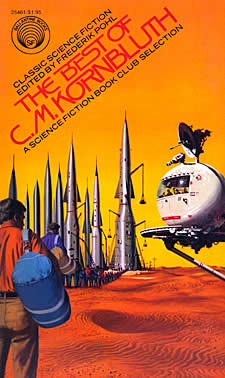 Cyril M. Kornbluth was one of the best science fiction writers of the 1950s. Like Stanley Weinbaum and Robert E. Howard, he died in his early thirties, leaving behind a handful of stories that would gradually make him famous.
Cyril M. Kornbluth was one of the best science fiction writers of the 1950s. Like Stanley Weinbaum and Robert E. Howard, he died in his early thirties, leaving behind a handful of stories that would gradually make him famous.
Kornbluth was an early member of The Futurians, the legendary group of young science fiction fans that included Donald A. Wollheim, Isaac Asimov, Frederik Pohl, Robert A. W. Lowndes — and Mary Byers, who eventually became his wife.
Kornbluth might be virtually unknown today if not for the efforts of Pohl, his friend and collaborator, who became one of the most acclaimed editors and novelists of the 20th Century — and is still alive today. Kornbluth wrote nine novels, including six in collaboration with Pohl: The Space Merchants, Search the Sky, Gladiator at Law, Presidential Year, Wolfbane, and Not This August.
He also produced some of the most famous science fiction stories ever written, including “The Little Black Bag” and “The Marching Morons.”
On March 21, 1958, Kornbluth had arranged to meet with Robert P. Mills, editor of The Magazine of Fantasy and Science Fiction. An overnight storm had dumped snow in his driveway, and he had to shovel it out first. Running late, he was racing to make the train when he suffered a heart attack. He died on the train platform at the age of 34.
He left behind a body of brilliant work that included 57 short stories published between 1939 and 1958. In 1976, Pohl selected the 19 best for Lester Del Rey’s The Best of… series, collected as The Best of C M Kornbluth.
